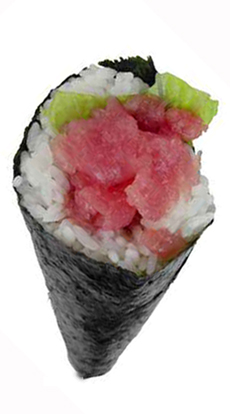TIP OF THE DAY: Healthy Fish (Low Mercury)
|
We’re told to eat more fish: It’s low in saturated fat and heart healthy, with high-quality protein and other essential nutrients such as omega-3 fatty acids.
But some fish come with unhealthy baggage: high levels of mercury. Highly toxic to the human neurological system, mercury is released into the environment from power plants, factories using chlorine, mining and rock formations. The metal ends up in oceans and lakes, where long-lived fish consume it. Fetuses and children are particularly vulnerable to mercury. But physicians report memory loss, headaches, abdominal pain, behavioral problems, fatigue, hair loss and arteriosclerosis among adults. The EPA (Environmental Protection Agency) has three recommendations for selecting and eating fish or shellfish, which enable us to receive the benefits of eating fish and shellfish while reducing exposure to the harmful effects of mercury. The recommendation is targeted to women of childbearing age and young children. Older women and tween-to-adult men are not included in the advisory—yet. At least one study has shown that eating fish high in mercury puts middle-aged men at a greater risk for coronary heart disease and may offset the protective effects of omega-3 fatty acids. |
 We’ve switched tuna sushi for other fish varieties. Photo by RaduRazvan | Fotolia. |
|
|
So everyone may want to follow these EPA guidelines:
†These species are overfished; mercury issues aside, they should be avoided on the ground of sustainability. Mercury data from Natural Resources Defense Council. *More notes from the EPA: albacore (“white”) tuna has more mercury than canned light tuna. It recommends no more than 6 ounces of albacore tuna per week, whether canned or fresh.
|
||